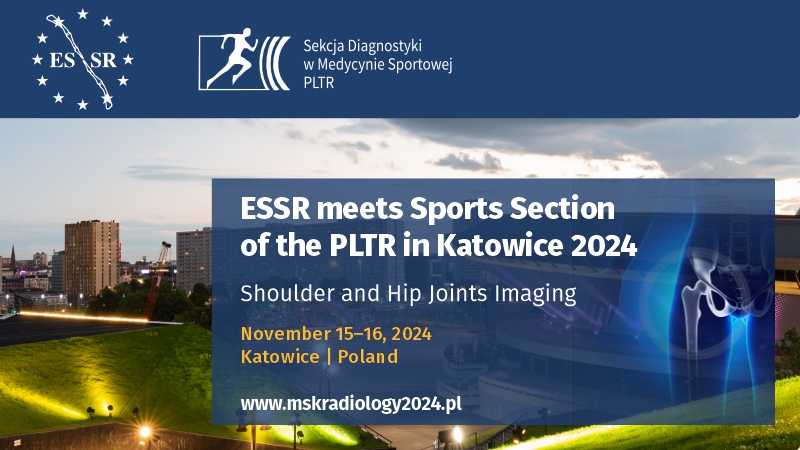The usefulness of respiratory ultrasound assessment for modifying the physiotherapeutic algorithm in children after congenital heart defect surgeries
Marcin Myszkowski
 Affiliation and address for correspondence
Affiliation and address for correspondenceBackground: The aim of the study was to assess the effectiveness and the possible use of diagnostic transthoracic ultrasound of the respiratory tract to qualify patients for therapy and to monitor the effectiveness of physiotherapy in children after cardiac surgeries. Materials and methods: A total of 103 patients aged between 1 and 12 months who underwent a series of congenital heart surgeries using cardiopulmonary bypass were qualified for the prospective analysis. Point-of-care respiratory ultrasound imaging was performed according to a tailored protocol during the patient’s stay in the intensive care unit. In order to evaluate the method, the obtained findings were subject to comparative analysis against the available radiographic findings with a division into sectors. Results: The comparative analysis of ultrasonographic and radiographic findings with a division into sectors showed the highest concordance rate (89.6%) for S1L (the apex of the left lung) and the lowest concordance rate (57.0%) for S2L (pericardial region). The highest discordance rate, i.e. when a lesion was detected in radiography (X-ray = 1), but was not confirmed by ultrasound (US = 0), was reported for sectors S1P (right lung apex) – 26.1%, and S2L – 40.0%, whereas the lowest discordance rate was reported for S1L – 7.0%. The highest discordance rate, i.e. when a lesion was shown in ultrasound (US = 1), but was not confirmed by radiography (X-ray = 0) was reported for S3P (the base of the right lung) and S3L (base of the right lung) – 28.3% and 26.1%, respectively. Conclusions: The author’s protocol for ultrasonographic assessment of the respiratory tract is an optimal tool for determining therapeutic goals, as well as for the assessment of the efficacy of pulmonary physiotherapy. The diagnostic value of ultrasonographic assessment of the respiratory tract and standard radiography in the study group depends on the location of the investigated lung segment.







